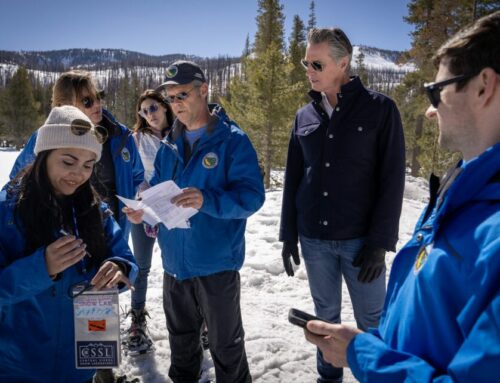by Greg Walcher, E&E Legal Senior Policy Fellow
As appearing in the Daily Sentinel
Coloradans who pay close attention to Western water issues have monitored California’s internal water wars for years. Leaders there have worked for decades to address long-term water shortages for farms in the San Joaquin Valley, while their giant metropolitan cities continue to grow, and while trying to leave as much water in the rivers as possible for the endangered “Delta smelt.” Like every Western state, California has very limited water, so how they divvy it up quite literally determines which areas grow and prosper, and which areas do not.
For the most part, other Westerners try to stay out of internal battles within California, a favor we hope Californians would return. But we also keep a close eye out for any change that could affect our own water supplies in the upstream states, ever vigilant to protect the delicate agreements that manage allocations of the Colorado River. Colorado and the other six states were actively engaged for more than a decade, for instance, in the 2003 agreement to wean that state from its reliance on surplus flows, and return California to its annual 4.4 million acre-foot allotment. To accomplish that, southern California had to quantify its water rights (which had not been required), and reduce water use by its oldest irrigation districts, especially in the Imperial Valley.
The other states didn’t care so much how California water leaders reduced their internal use of Colorado River water, as long as they did so, meeting certain required milestones along the way. Their internal struggle was expensive and painful. But it also focused increased attention on northern California, because while much of the Los Angeles water supply comes from the Colorado River, the rest comes mostly from the “State Water Project.”






